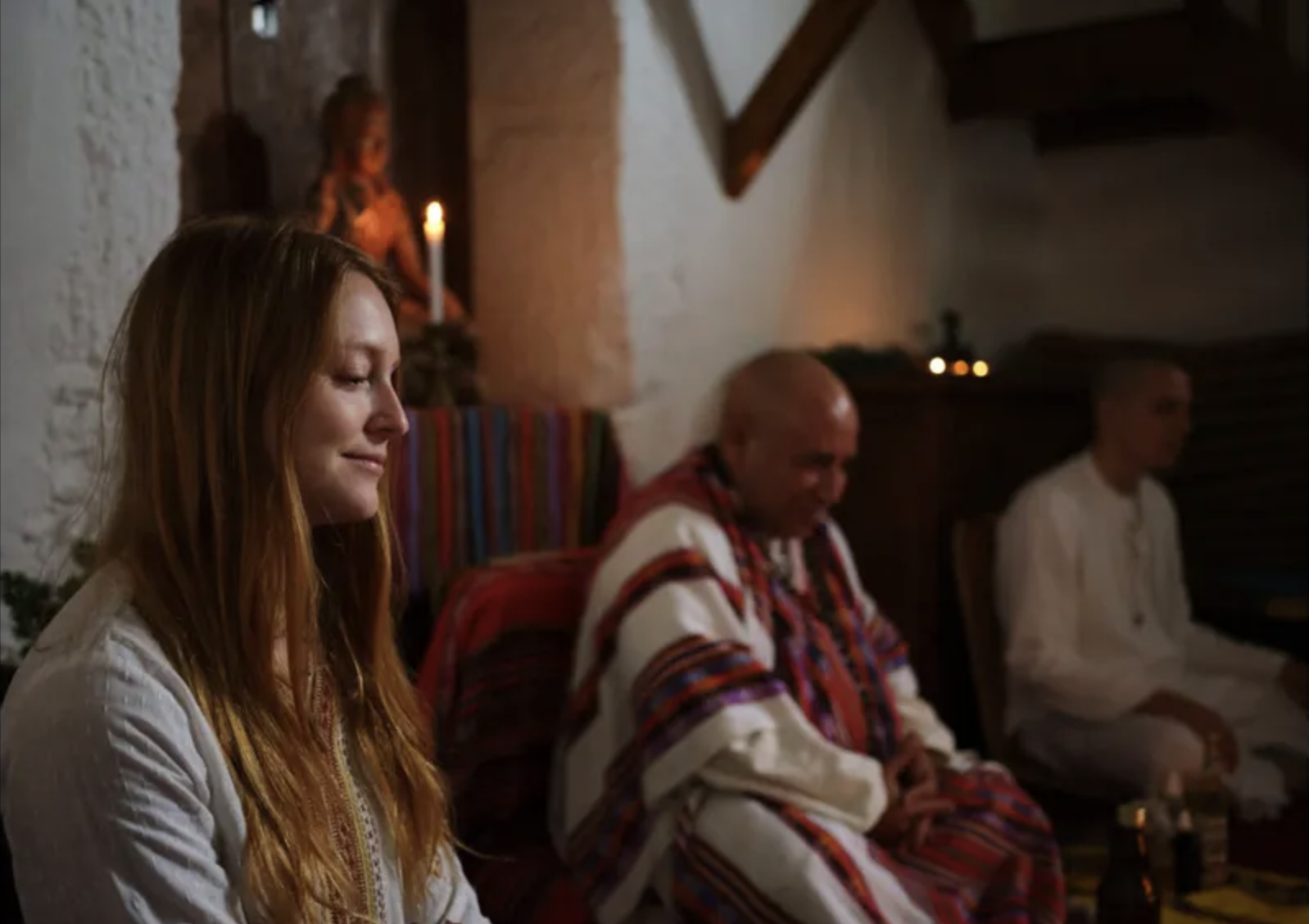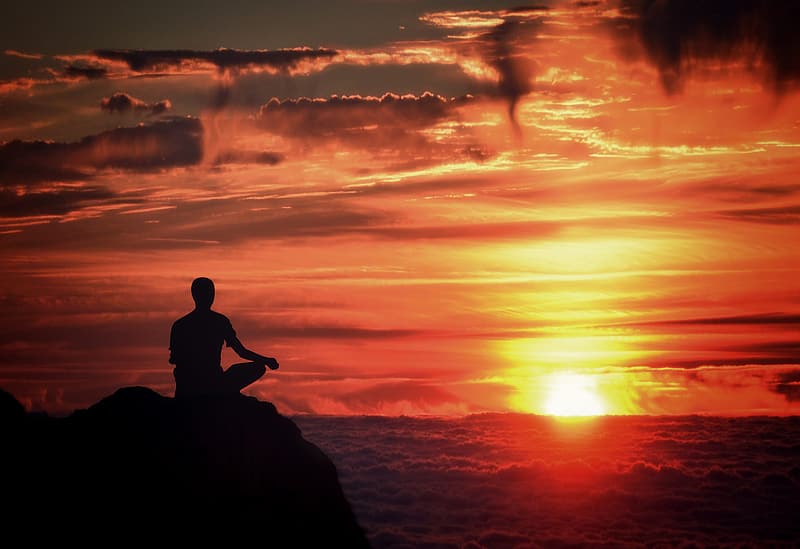It’s time.
You feel the call to go on an Ayahuasca retreat.
You’ve done the research, searched YouTube to listen to Terrence McKenna videos, watched a few documentaries, and you feel somewhat prepared… enough to know that there’s more to know!
After all, you want to be sure you choose an authentic shamanic Ayahuasca retreat that guides you safely and with kindness through a process that could be one of the most transformative of your life.
From location to style, additional plant medicines and fellow retreat participants, it will all impact your ayahuasca experience. So let’s take a look.

- What is an Ayahuasca retreat?
- Choosing the right Ayahuasca retreat for you
- The effects of Ayahuasca
- Choosing a location for your Ayahuasca experience
- The top Ayahuasca retreats in the world
First: What is an Ayahuasca Retreat?

Traditionally, Ayahuasca ceremonies would be held in a village where the community gathers in a maloca, in someone’s home, or in a ceremonial center of some sort—it depends on the tradition and the location.
But recently, plant medicine work has become a draw for Western seekers of spirituality.
Traveler-focused ayahuasca retreat centers have opened all around the world and are equipped with lodging that can range from basic tambos, to luxury accommodation with the amenities of a five star hotel.
Retreat centers vary widely in their offerings, but you can expect to share meals (and often a room) with other retreat participants and have the ceremonial space on site.
The structure of each retreat will also vary significantly depending on the intention, duration, and the lineage held, (more on that later). In general, the retreat is intended to be in a safe, well-held space for attendees to meet the sacred ayahuasca vine in service of healing.
Far more than a hallucinogenic experience or “trip" shamanic work is an invitation into elevated states of consciousness and a connection to something greater than the everyday human experience.
Some retreats last only a couple of days, and others are a full month or even longer. Some centers may choose to work only with Ayahuasca, and other retreats include additional "companion" plant medicines such as Bobinsana or Noya Rao (the Tree of Light) or with other hallucinogenics such as San Pedro (Huachuma, a type of mescaline from a prolific cactus) or Kambo (medicine milked from a jungle frog). Again, it all depends on your intention for how you choose to work with the master plants and other natural medicines.
Choosing the Right Ayahuasca Retreat For You
Everyone comes to the Ayahuasca experience with their own unique intention. Whether you trek into the Amazon rainforest of South America to work with a Shipibo shaman, travel to the Peruvian urban center of Cusco, or find an underground retreat in the United States, you can choose from a wide array of styles for each ceremony.
In traditional Peruvian ceremonies, for example, the singing of Icaros, sacred traditional songs, plays a central role in the ceremony. You’ll be highly recommended or even required to adopt a traditional, minimalist Ayahuasca diet while you’re on retreat.
For longer more restrictive retreats, called a dieta, the types of food permitted often depend on the companion plants. Bland food with little or no spices, not even salt, and water are the only thing on the menu in some cases, to prepare the body to work with the medicine. Attendees are usually given chairs or mattresses and stay seated or prone for the duration of the all-night ceremony. The Ayahuasca brew does its work and the shamans and facilitators are there to support your healing.
In some South American centers where the Ayahuasca vine is legal, medicinal plant retreats are paired with complementary practices like yoga, meditation, breathwork, or other personal growth practices to help guide the experience. The effects of Ayahuasca can heighten the feeling of connection with the heart and to the earth, so pairing these experiences can create a more expansive healing journey by helping integrate introspection with outward activity.
For those in search of a more internal experience, some Ayahuasca retreat centers augment the effects of the experience through silence and isolation between ceremonies. Your solitude may include shamanic healing practices such as flower baths, private consultations with healers, and other tools to support your healing journey. Participants are cared for with great attention to ensure a safe environment and this type of retreat often require a longer time commitment.
If you’re looking less for a retreat and more for a one-day ayahuasca experience, they’re available in many parts of the world but require a little more research to find a quality experience, safe environment, and skilled facilitator that will provide guidance for integration of your ceremony.
Although the intentions may be good, not all plant medicine ceremonies are equal and not all facilitators are truly equipped to work with the subtle energies of managing a group in ceremony.
But if you do find a healing center that offers one-day retreats, you’ll likely find yourself sitting or lying in a group while the facilitator sings or plays music, blesses the space with sacred plants such as sage or palo santo, and holds the space in the style of the lineage they have studied.
Choose a Safe, Quality Iowaska Retreat Center
First and foremost, you want to feel safe at the center that you choose, both physically (location and facilities) and emotionally/energetically. If you can’t relax because you feel on edge, you won’t be able to open to the medicine's healing qualities.
So how can you tell if a retreat center is safe?
The center emphasizes their staff and facilitators’ level of experience and training.
In addition to describing the shaman or curandero’s lineage and training, the center should also list who will be supporting the ceremony as helpers. They should also list their years of experience with medicine work. It’s common to see a shaman’s family members supporting the ceremony and many centers have medical staff and other support personnel available to attendees. It’s extremely important that the ceremony is held by trained and experienced guides who know how to hold the space for a group deep in the process, keeping the space energetically protected.
The center has an in-depth intake process for participants.
Working with Ayahuasca isn’t for everyone. A reliable retreat center will screen potential participants’ through their medical and psychological histories, as well as their intentions for attending the retreat before they can register. They should request an in-depth medical survey, which you should answer honestly to ensure your own safety. The experience of all participants can significantly impact the collective in ceremony, which is why these screenings are critical. If problems arise where an unstable participant requires special, everyone's healing experience could be compromised.
The center requires a specific preparation and integration process.
The retreat should include detailed instructions for how to prepare yourself for working with the medicine and provide ample guidance on how to integrate into the world when the retreat concludes. If this is your first time working with plant medicine in any form, you may be best served by attending a retreat that includes a few days of preparation as a group at the center as well as offering a few days of time to integrate following your ceremonies. But however you choose to experience Ayahuasca, the retreat leaders should emphasize the importance of appropriate preparation and should send you back into the world with tools to help you feel ready to step back into your everyday life.
Find the perfect retreat for you
The Effects of Ayahuasca
Banisteriopsis caapi vine in the jungle.
In Brazil you’ll likely work with a bitter tea called Daime, called such for the Santo Daime Church where it is most commonly used. In Colombia you’ll be working with yagé, a thick, strong brew often flavored with honey. Other shamanic traditions have variations on the name for Ayahuasca, particularly if there are additional medicines added to the concoction.
Most forms of Ayahuasca are still a blend of the chacruna leaves, or psychotria viridis, and the Ayahuasca vine, or banisteriopsis caapi, but its preparation method can have a significant impact on your experience. At the most basic level, the combination of the two produces dimethyltryptamine or DMT, a highly psychedelic substance. Some traditional Ayahuasca recipes keep the medicine simple, but others include additional plant medicines in the brew to support the experience.
Some lineages mix the Ayahuasca with toé (Brugmansia), also known as datura, which is considered highly toxic. A powerful deliriant, in small doses this plant is said to reduce stomach cramping and nausea, making the ceremony easier for some to handle. But in larger doses, it can create intense delirium and leave the participant vulnerable and suggestible after the ceremony. While this is thought by some to be useful if the healing intention is to break addictions and reset patterns, use of toé should only be facilitated by the highly skilled. Unless you are absolutely certain of the shaman's intentions and reputation, it would be best to steer clear of this mixture. Many of the reported Ayahuasca-related robberies, rapes, and deaths in recent years have involved datura. In our experience, there is no need to mix Ayahuasca with this or any other hallucinogens.
The use of the sacred tobacco mapacho is typically used in smoke or snuff form (rapé) prior to and/or during ceremony, to heighten the hallucinogenic effect of the medicine by opening the third eye intuitive center and increase blood flow. It is also used to calm participants’ nerves before ceremony. Mapacho is significantly higher in nicotine than regular tobacco and contains the same alkaloids as Ayahuasca, which increases the vine’s potency. During ceremony the shaman will often blow mapacho smoke over participants for healing.
Choosing a Location for Your Ayahuasca Experience
 Moray Ruins, Peru
Moray Ruins, Peru
Are you called to the Peruvian jungle? To the coast of Brazil? The location of your retreat will also shape your experience, particularly outside of the ceremonial context.
A journey to Peru would afford the opportunity to visit the sacred sites of Machu Picchu, Moray and other ruins in the Sacred Valley, taking in the vibration of the mountains where the regal Incans once lived.
Sitting in ceremony in Portugal could provide a relaxing seaside retreat. And visiting the Amazonian forests of Colombia could allow the occasion to form an enduring relationship with indigenous people.
It all depends on how you want to shape your healing experience.
The Top Ayahuasca Retreats in the World
There are plenty of safe, reputable retreat centers that offer authentic, transformative ayahuasca retreats to guide you through your ceremony. Below are some of the most highly-rated centers.
Portugal
Sinchi Runa is one of the most popular plant medicine centers in Europe. Hosting intimate ayahuasca retreats with a Peruvian shaman, this center is dedicated to providing a safe, compassionate, and sacred space in which one can experience genuine healing and spiritual awakening.
This center runs monthly retreats that often sell out. Participants describe their time at Sinchi Runa as "incredible", a "soul healing experience" and "Life changing".
Upcoming Sinchi Runa Retreat Dates.
Peru
Peru is a hub for ayahuasca retreats, which makes sense. One of the most reputable centers in the country is Psychonauta Foundation. Hosting several retreats every month ranging from 14 to 56 days (or more!) this center often runs retreats that fill up quickly.
Upcoming Psychonauta Retreat Dates.
Now you know what to look for and what to avoid, we hope you feel more confident in choosing an Ayahuasca retreat that feels right for you. Ultimately, follow your intuition. If it doesn’t feel right, it probably isn’t. And when it does, follow that instinct. When you listen to the call of the medicine, you will be guided accordingly.
Many blessings for your first or next spiritual journey.

